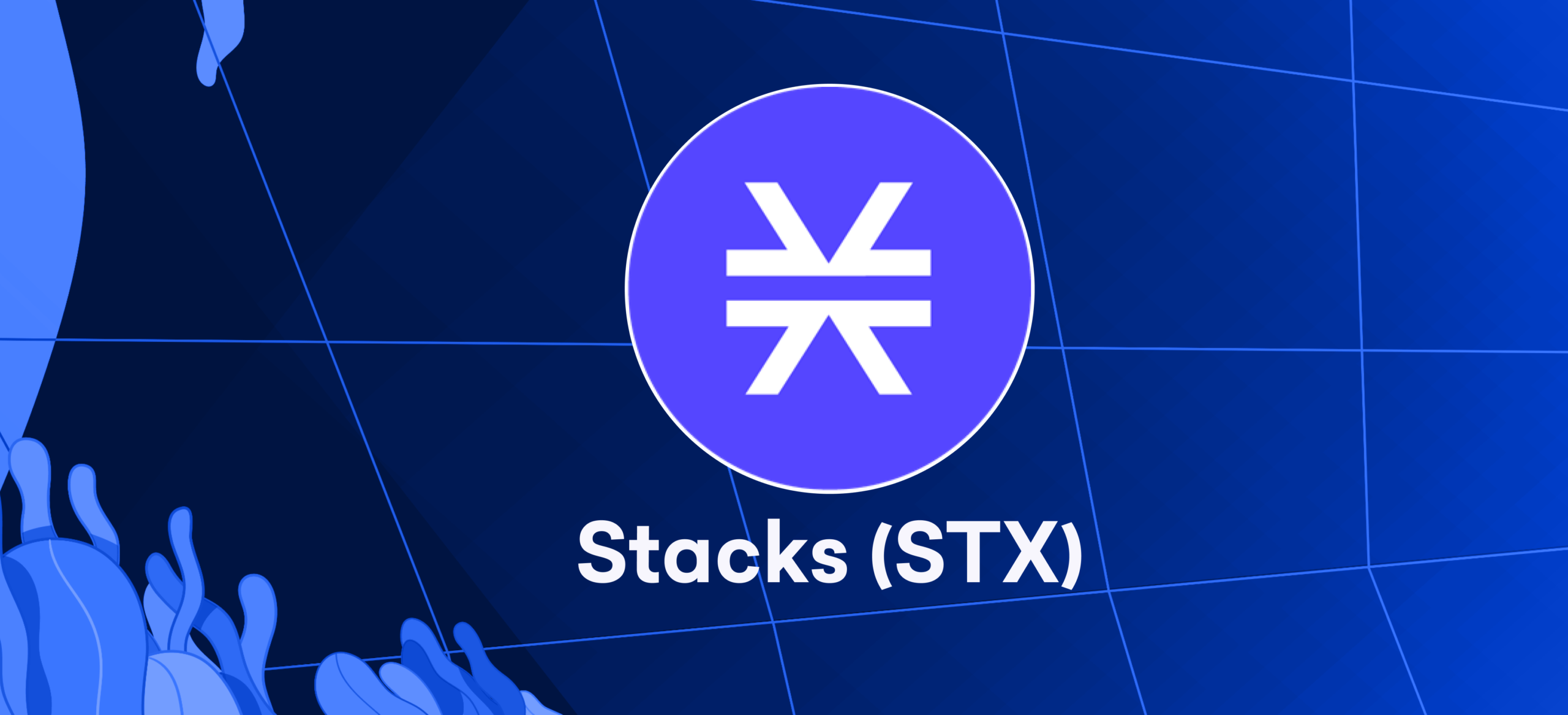
Introduction
The mining of cryptocurrencies has gained popularity as a means for individuals to earn money online. They achieve this by verifying transactions on blockchain networks by solving complete mathematical challenges. In return for their efforts, miners receive newly generated digital currencies.
The proof-of-work (PoW) consensus method is employed in cryptocurrency mining. This method necessitates miners to tackle intricate mathematical puzzles, thereby imposing a significant challenge on malicious individuals and upholding the network’s integrity.
This detailed guide will explain how to begin mining cryptocurrencies such as Bitcoin, Litecoin, Dogecoin, Ethereum, Zcash, and Monero.
Understanding Bitcoin Mining
Bitcoin mining involves generating new Bitcoin and adding transactions to the blockchain. Miners, who employ computational power to solve complex mathematical puzzles, receive freshly created BTC and transaction fees as a reward.
Acquiring the Necessary Hardware
The first crucial step in Bitcoin mining is acquiring the proper hardware. One widely embraced and effective approach utilizes application-specific integrated circuits (ASICs). These specialized devices are designed exclusively for Bitcoin mining, delivering superior performance compared to general-purpose CPUs and GPUs.
Mining Options: Solo vs. Pool Mining
Bitcoin miners have two main options for cryptocurrency mining: solo and pool mining. Solo mining involves independently attempting to solve blocks. While successful solo miners can earn the entire block rewards, it has become increasingly difficult due to the considerable computational power needed in today’s mining environment.
Moreover, In the world of cryptocurrency mining, most miners prefer and find practicality in pool mining. This method involves individuals joining a collective mining group where their combined computing capabilities are utilized. Together, they collaborate in solving blocks, and rewards are distributed based on each person’s contributions within the pool. While the incentives may be relatively smaller compared to solo mining, pool mining offers more stable earnings, making it a reliable choice for miners seeking consistent rewards.
Setting Up Mining Software and Monitoring
Once miners have determined their preferred mining strategy, they proceed to download and configure mining software that is compatible with their hardware and chosen mining pool. Popular examples of such software include CGMiner, BFGMiner, and BitMinter. Once the setup process is complete, miners can monitor the efficiency and profitability of their mining operations. This allows them to ensure that their hardware remains adequately powered and cooled throughout the process.
Cost Analysis and Staying Informed
In addition, miners ought to thoroughly analyze the costs associated with Bitcoin mining. This analysis should encompass expenses related to electricity and hardware. Furthermore, Equally important is understanding the technical aspects of mining. As the mining landscape continues to evolve, it is crucial to remain up-to-date with changes in mining equipment, wallets, software, and the Bitcoin network.
Compliance with Local Regulations
Miners must always comply with local laws and regulations regarding cryptocurrency mining. Furthermore, This ensures that they operate within the legal boundaries of their respective jurisdictions, promoting regulatory compliance.
Unlocking Litecoin Rewards: A Step-by-Step Guide to Litecoin Mining
Obtaining Specialized Hardware
Litecoin mining is validating transactions on the Litecoin blockchain while receiving compensation in the form of newly generated Litecoin and transaction fees. To commence this endeavor, miners must acquire specialized hardware, such as ASIC miners. These devices are specifically designed for Scrypt-based cryptocurrencies like Litecoin, enabling miners to initiate the mining process.
Joining a Mining Pool
Furthermore, When it comes to mining Litecoin, selecting the right mining pool is a crucial step. Solo mining can be complex and challenging. However, prominent pools like {LTC.top, F2Pool, and Antpool allow miners to combine their computational power, increasing their chances of securing rewards.
Setting Up Mining Software
Miners then proceed to download and configure mining software. Popular examples include CGMiner and BFGMiner, compatible with their chosen hardware and pool. After installing and configuring the software, miners can contribute their computational resources to the collective mining effort.
Collecting Rewards
When the mining pool successfully mines a block, it distributes rewards among participants based on their contributions. Miners must prioritize the secure storage of their earned LTC in a reliable wallet. They should also actively monitor their mining activities and stay updated on any changes within the network or developments in the Litecoin ecosystem.
Understanding Dogecoin Mining
Dogecoin mining plays a crucial role in validating transactions on the Dogecoin blockchain. Miners engage in this process, receiving compensation through new Dogecoin and transaction fees. However, before commencing their mining journey, miners must acquire specialized ASIC mining equipment tailored specifically for Dogecoin. Once equipped, they decide between two primary mining methods: pool and solo.
Joining a Dogecoin Mining Pool
In the subsequent phase, individuals need to configure their mining software and join a Dogecoin mining pool. This process involves entering the required information about the mining pool and worker credentials into the software. Each worker represents an independent mining entity with its unique set of credentials. Miners allocate a specific name and password to each worker, creating a distinct mining instance for easy identification.
Pooling Resources for Rewards
These individual workers contribute their mining power to the pool, and when the pool successfully mines a block, rewards are distributed proportionally based on each worker’s contribution.
How to mine Ethereum
Ethereum has recently transitioned from utilizing a Proof-of-Work (PoW) consensus process to implementing a Proof-of-Stake (PoS) mechanism. This shift involves discontinuing mining operations and instead relies on validators who contribute to the security of Ethereum by staking their Ether holdings.
The Merge resulted in Ethereum Classic emerging as the largest smart contract platform based on Proof of Work. It inherited miners from Ethereum due to their utilization of the same ETHash algorithm, facilitating a straightforward switch to ETC mining pools. As Ethereum Classic still operates on a proof-of-work system, miners can contribute their hashing power and receive ETC as rewards.
Mining Zcash for Privacy and Profit
Utilizing Computing Power for Privacy-Centric Zcash Mining
Mining Zcash requires harnessing computational power to solve complete mathematical puzzles in the Zcash blockchain network. Known for prioritizing privacy, ZEC utilizes the revolutionary Zero-Knowledge Succinct Non-Interactive Argument of Knowledge (zk-SNARK) cryptographic technology to enable anonymous transactions.
The Essential Tools for Zcash Mining
To embark on a Zcash mining journey, one must have the necessary hardware and software. Among these options, ASIC miners emerge as the most efficient choice for ZEC mining. They excel in executing the computational tasks essential for successful Zcash mining.
Choosing the Right Path: Solo or Pool Mining
The miner faces a crucial decision: whether to mine alone or join a mining pool such as Flypool, Nanopool, or Slushpool. Mining pools are often preferred since they offer a more consistent income stream. Just like mining any other cryptocurrency, miners must install and configure compatible mining software customized for their hardware and choose an appropriate mining pool.
Setting Up for Success
After installing the software, miners enter the pool’s address and worker credentials. This step prepares them to start mining. Successful Zcash block mining results in newly generated ZEC and transaction fees as rewards, which are then distributed among pool members based on their computational contributions.
Securing ZEC Rewards
Miners need a reliable Zcash wallet to protect their earned ZEC, ensuring the secure storage and management of their cryptocurrency holdings.
How to mine Monero
Introduction to Monero Mining
Monero mining involves utilizing a computer’s processing power to solve intricate mathematical puzzles. This improves the security and privacy of transactions.
Transition to RandomX
In 2019, Monero made a significant change by switching its mining algorithm from CryptoNight to RandomX. This shift was driven by the desire to prioritize CPU efficiency.
Getting Started
To begin mining XMR, individuals require the appropriate hardware and software tools. Collaborative mining in pools is a common practice, while solo mining can contribute to strengthening the network.
Exploring P2Pool
P2Pool presents a novel approach to mining XMR by offering frequent rewards and decentralization. Miners retain complete control over their nodes and operations.
Joining a Mining Pool
Moreover, Select a pool, download the necessary software, and set it up. Nanopool.org and supportxmr.com are two popular possibilities.
Mining and Earnings
Furthermore, Miners activate their software to validate Monero transactions and earn XMR. They can securely store their earnings in a reliable wallet.
Crypto Mining Risks & Solutions
Regulatory Compliance
- Stay informed about evolving cryptocurrency regulations worldwide.
- Comply with local laws and tax obligations.
- Consider mining in regions with established crypto legislation.
Price Volatility Management
- Allocate a portion of earnings into stable assets to reduce exposure to market volatility.
Enhancing Security
- Implement strict security controls to safeguard against hacking attempts.
- Utilize reliable mining pool services and maintain offsite backups.
Optimizing Energy Efficiency
- Evaluate the cost-effectiveness of your mining setup.
- Explore renewable energy sources and choose energy-efficient hardware.
Sustaining Competitiveness
- Join mining pools to enhance competitiveness.
- Stay updated on hardware developments and periodically refine mining strategies.
Closing Thoughts
Cryptocurrency mining presents both profit potential and risks. It requires technical expertise and market awareness. For those interested in crypto mining, it is advisable to start small and consider the various costs involved, such as electricity, hardware, and cooling. Approaching this venture with caution can lead to success among individuals who have thrived in the field of mining. It is crucial to continuously learn, stay informed, and approach mining with a careful yet adventurous mindset.








